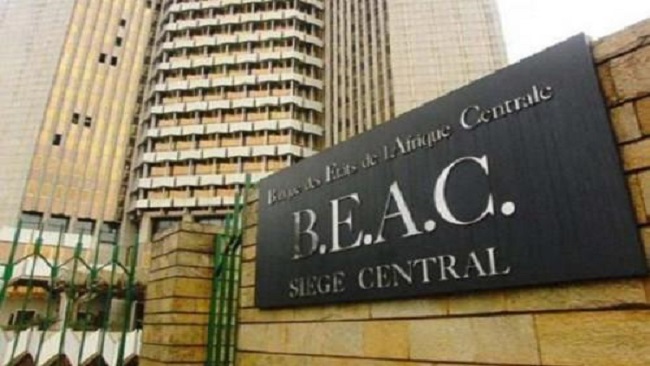Myth or Reality: BEAC speaks of consequences of the Russia-Ukraine war on Cemac countries
The Bank of Central African States (Beac) has presented its view on how the ongoing war between Russia and Ukraine has impacted the Cemac economies in 2022. In a recent economic and statistical bulletin, the institution observed a V-shaped impact resulting from the conflict.
On a good note, “the economic growth went from 1.8% in 2021 to 2.9% in 2022 thanks to a good impetus in the oil and gas sector in the region, despite a slight decline in the non-oil sector”. However, before the war started, Beac was expecting a 3.2% growth, meaning the war caused a loss of 0.3pts.
Although there has been an improvement in the prices of crude oil and natural gas on the international market, with positive financial repercussions for Cemac countries, demand was less vigorous. Beac points out that gross domestic demand has made a smaller contribution to Cemac growth in 2022, even though it remains the main driver of real growth in the region (2.1 points in 2022, against 7.4 points in 2021), with a slight decline in the contribution of private consumption (3.5pts in 2022, against 4.0pts in 2021) and that of public consumption and gross investment (- 1.1 points and – 0.4 points respectively).
The Russia-Ukraine war has also triggered strong inflationary pressures in the Cemac, as many countries in the region depend on Russian wheat and construction raw materials from Ukraine. In 2022, due to higher food prices, inflation rose to an annual average of 5.6% and 6.7% year-on-year, compared with 1.7% and 2.6% respectively a year earlier. Before the outbreak of the war, Beac forecasted inflation to be 2.1%.
A good point of the conflict, Beac found, is an improvement in the public finances of Cemac countries as a result of “the upward trend in the prices of exported products (…), particularly crude oil”. Overall, the budget balance, including grants, reached 2.5% of GDP in 2022, compared with -1.2% of GDP in 2021. Before the start of the crisis, it was forecast at 0.5% of GDP, an increase of 2.0 percentage points.
About money supply and its counterparts, the Beac noted “a surge in the monetary system’s net foreign assets, which doubled to CFA2,863.8 billion; a 4.7% deceleration in the monetary system’s net claims on CEMAC countries, to CFA8,585.1 billion; a 7.7% rise in loans to the economy, to CFA9,912.3 billion; and a currency coverage ratio of 73.1% (against 64.0% in 2021), up 6 basis points on the level projected before the war”.
Source: Business in Cameroon




